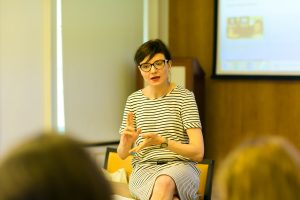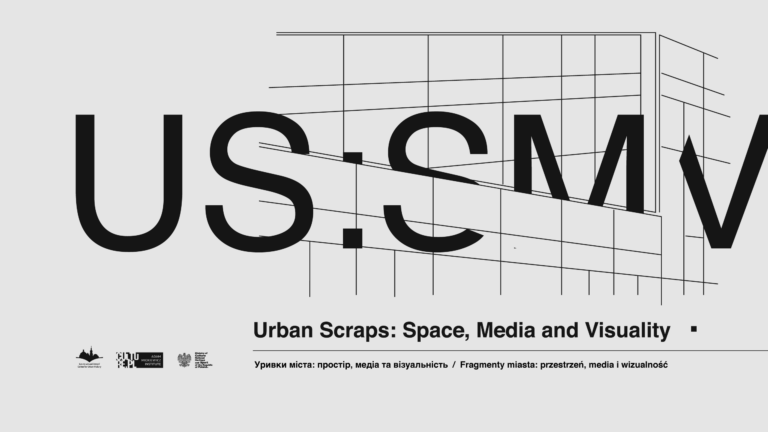The course explores the ways in which Jewish history and culture are narrated and visualized in the new museum and exhibitions projects in post-communist East Central Europe, and how those museums as public institutions, and curatorial interventions contribute to establishing, (re)shaping, countering or petrifying respective national narratives, the understanding of cultural difference and prejudice. We will discuss the politics of display, and social agency of museums, possible role of museums as sites of cultural therapy and as sites of denial. We will look at the ways contemporary East Central European representations of Jewish culture are rooted in the past, asking questions about practices of othering, Jewish historical subjectivity and agency. We will discuss different ways how minority histories are included into majority context. Finally, we will ask questions how debates about complicity of East Central European societies in the Holocaust influence the way history is narrated in the new museums.
While the point of departure for discussion will be projects and debates originating in Poland, such as the POLIN Museum, the Shtetl Museum in Chmielnik, the Warsaw Uprising Museum, the Warsaw Ethnographic Museum, and the Ulma Museum of Poles Saving Jews in the WW2, as well as Erica Lehrer’s exhibition Lucky Jews, other major projects in the region, such as museums in Prague, Budapest, or Vilnius will form a context for our reflection. Participants are also encouraged to present projects originating in their respective countries/cities.
This course was a part of Connecting (to) Histories: Engaging with the Urban Pasts and Displaying Jewish Heritage summer school.


